- Established 1982 -HOME: www.hiltonpond.org
THIS WEEK at HILTON POND Subscribe for free to our award-winning nature newsletter (Back to Preceding Week; on to Next Week) |
| HOOTING OWLS, A HUMMER'S RETURN, AND SPRING THINGS Nearly every year at Hilton Pond Center, a pair of Barred Owls (BAOW)—or possibly their descendants—has resided in mixed woods on our property. This is probably the most commonly encountered owl species in the Carolina Piedmont, if only because BAOW are almost as active by day as at night. (Sometimes they’re said to be “crepuscular,” i.e., out and about especially at dawn and dusk, and easily observed.) The Barred Owl's "song" is that familiar and repetitive Who cooks for you, Who cooks for you-all that shows up frequently in TV and movie soundtracks. The call is so easily imitated that individual owls often respond to humans voicing the phrase. The male BAOW has a deeper basso profundo than the female, so we can always tell when both are around hooting back and forth.
All text, maps, charts & photos © Hilton Pond Center This March the resident pair has been calling a lot during daylight, we're guessing because they have a couple or three hungry nestlings that by now should be mostly grown, albeit flightless. If instead of two years of college French instruction we’d had a class in Hoot, we might know what these owls are saying. Is the female telling the male she needs food for hungry owlets? Does the male's call vocally reassure his mate that nothing’s amiss in the neighborhood? Or maybe the old guy is just saying “Leave me alone; it’s daytime and I’m trying to sleep!” On the evening of 26 March as we were eating supper, the male BAOW flew right past the kitchen window of the Center's old farmhouse, carrying something large in his sharp, decurved talons. After perching, he hunched over and began tearing at his prey. Feathers floated down, so we knew he’d caught a bird instead of one of our plentiful Eastern Chipmunks. As he plucked and eviscerated, we could see through binoculars his meal was a Mourning Dove—one of the larger, chunkier birds a Barred Owl might take. Next day the two Barred Owls were at it again, hoot-hoot-hooting back and forth at high noon. The male was perched high in a tree not far from where we’d seen him with the dove. Lighting wasn’t optimal, but we managed to get a few photos of him half-hidden in newly emerging leaves (see photo at top). Although we have seen or heard our BAOW pair across the Center's entire 11 acres, the male and female both seem to have favorite perches from which they vocalize. They seem unfazed by our presence and often gaze back at us while we watch them in the treetops.
All text, maps, charts & photos © Hilton Pond Center Notice the dark eyes on the Barred Owl in our image just above from a previous year; this is the only Eastern U.S. owl species WITHOUT yellow irises. The common, light-eyed eastern species are Barn Owl, Great Horned Owl, and Eastern Screech-Owl, with elusive Northern Saw-whet Owls showing up some winters in small numbers. Long-eared and Short-eared Owls occasionally occur in the Piedmont, with once-in-a-lifetime Snowy Owls being exceptionally rare. (Incidentally, there are at least eight more owl species that in the U.S. occur just in in western and/or southwestern states; two more are limited to northern Canada.)
All text, maps, charts & photos © Hilton Pond Center Since 1982 at Hilton Pond Center we've banded three Barred Owls, ten saw-whets, and two screech-owls; our only record of Barn Owl is a single primary feather (above) found along a trail in the woods. The saw-whets and screeches were caught at night in mist nets when we played audio-lures to bring them in, while the BAOW were incidentally netted in broad daylight as they hunted for prey. In our top photo you can see our male Barred Owl's throat is bulging. Is it still stuffed with morsels of some tasty bird or rodent, or is he just puffed up in anticipation of another hoot? We do not know. (Unlike other birds, owls have no crop, a modified section of the alimentary canal used for temporary food storage.) Full of food or not, there sits the male Barred Owl, half asleep at midday. Maybe he's just waiting for the female to call out: Who cooks for ME, Who cooks for ME—NOW!? All text, maps, charts & photos © Hilton Pond Center
All text, maps, charts & photos © Hilton Pond Center Hilton Pond Center's sugar water feeders have been out and freshened since St. Patrick's Day as we patiently awaited arrival of our first Ruby-throated Hummingbird of the season. On 23 March we moved some of the feeders into special hanging traps we use to catch hummers (above). Our earliest spring arrival has been 26 March in five different years, so we were a bit disappointed (but not surprised) to see none of these long-distance Neotropical migrants on the 26th, 27th, and 28th. On the morning of 29 March we heard from a neighbor a half-mile away she had spotted her first hummer, which made us happy for her but sad for us. (Grumble, grumble.) Then at 2:35 p.m. that same day, we glanced out the office window of the Center's old farmhouse and saw a tiny dark bird at a feeder inside a hanging trap. "HUMMINGBIRD!" was the shout as we practically vaulted out the back door and off the back deck to secure the catch.
All text, maps, charts & photos © Hilton Pond Center As expected, it was a MALE Ruby-throated Hummingbird with pristine breeding plumage. (The first plain-throated females--see our file photo below--likely won't be back at the Center until a week or ten days later.) The male's metallic red gorget was bright enough to knock one's socks off, although heavy-duty flip-flops are day-to-day footwear around Hilton Pond unless it snows.
All text, maps, charts & photos © Hilton Pond Center Our first task was to check the hummer's legs for a band. Sure enough, on his left tibiotarsus was a shiny aluminum ring with a very small inscription: M08576 (example, below right). The sequence sounded familiar, and a quick check of our data showed this to be a bird we banded locally on 13 August 2019 as an adult with full red gorget. It's possible this particular Ruby-throated Hummingbird fledged from a nest at or near Hilton Pond and that we missed capturing him in 2018 (or even in years before). It's just as possible we first caught him last August as a southbound migrant on his way to Mexico or Central America and again on his way further north this spring. If we re-trap or net him at the Center this summer, a safe conclusion would be he's a local breeder rather than a pass-through.
All text, maps, charts & photos © Hilton Pond Center It's always great to see our first hummingbird of the year and to think about where these little balls of fluff have been since last fall. This spring, hang your feeders BEFORE you expect your first migrant Ruby-throated Hummingbirds and keep that 1:4 sugar water mix fresh all season. Meanwhile, take full advantage of the this year's novel coronavirus lock-down by planting a few native hummer flowers, and do whatever you can to provide backyard habitat for their nests. If you build it and maintain it, they will come. Happily, at least one ruby-throat is back at Hilton Pond, with surely more to arrive as spring progresses! Let the Hummingbird Games begin! All text, maps, charts & photos © Hilton Pond Center
All text, maps, charts & photos © Hilton Pond Center Overnight thunderstorms at Hilton Pond Center brought heavy downpours on 25 March--a frogstrangling 1.35" after midnight. Torrential rain stripped countless flowers from early blooming Eastern Redbud trees and washed these pinkish-purple blossoms into long rows at the edge of our driveway (above). Eastern Redbud, Cercis canadensis, is a member of the Pea Family (Fabaceae, aka Leguminosae), so loss of flowers means there won't be quite as many of those flat, brown pea pods come autumn. (Lawn rakers don't much like redbud pods, to which we respond: Down With Lawns!) Redbuds are delightful in spring with their colorful inflorescence and are likewise welcome for summer shade from their broad, heart-shaped leaves. More important: As legumes, redbud roots support bacteria that are constantly capturing atmospheric nitrogen and adding it to soil. So much better than artificial fertilizer. (Did we mention Down With Lawns!?) All text, maps, charts & photos © Hilton Pond Center
All text, maps, charts & photos © Hilton Pond Center The best part about 26 March 2020 was watching the sun set over Hilton Pond. A tall, old Shagbark Hickory was silhouetted against the multi-colored sky, its branches bearing countless buds whose compound leaves are just beginning to burst. In a few weeks that fully open foliage will partially block our view of the western sky, but come July we'll be happy the canopy shields the office in the old farmhouse from searing summer heat. Spring is at hand. One silver lining to this year's pandemic is it may be making folks slow down enough to appreciate the on-going cycle of nature. Get outside if you can and go for a walk. Listen to the birds, look at dogwood flowers, contemplate how grateful we should be to hear and see Mother Nature perform her act of renewal . . . year after year, spring after spring. Be safe, dear friends, and stay well. It's worth sheltering in place if it means you and your loved ones get to see another sunset. All text, maps, charts & photos © Hilton Pond Center RUBY-THROATS ARE ON YOUR WAY! Although Operation RubyThroat: The Hummingbird Project has an international presence, much of our hummer research occurs at Hilton Pond Center near York SC--smack in the middle of the Carolina Piedmont. As noted above, the earliest spring migrant Ruby-throated Hummingbirds (RTHU) have occurred here on 26 March in several different years, but observers north of us will see their first RTHU later in the season. Thus, we're again providing our spring migration map (below) for your reference. Just have that feeder up about ten days ahead of the expected arrival date, and Happy Hummingbird Watching! (Click on the map to enlarge it.) All text, maps, charts & photos © Hilton Pond Center CLICK ON IMAGE ABOVE TO OPEN A LARGER MAP IN A NEW WINDOW
Checks also can be sent to Hilton Pond Center at: All contributions are tax-deductible on your Don't forget to scroll down for Nature Notes & Photos, |
|---|
|
"This Week at Hilton Pond" is written and photographed by Bill Hilton Jr., executive director of Hilton Pond Center for Piedmont Natural History
|
|
|
Please refer "This Week at Hilton Pond" to others by clicking on this button: |
|

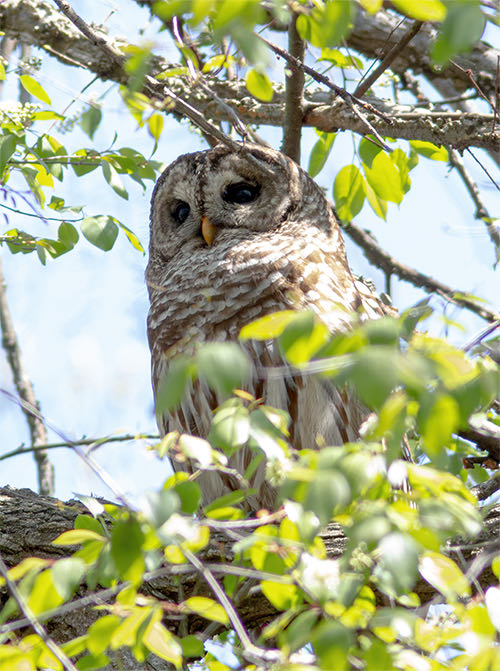
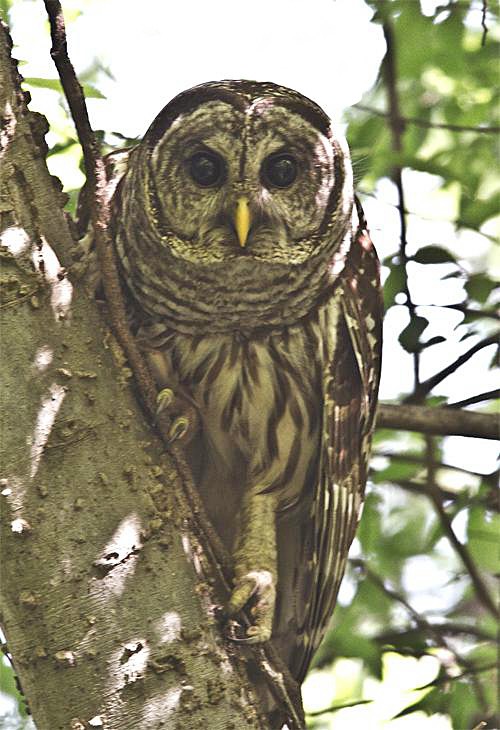
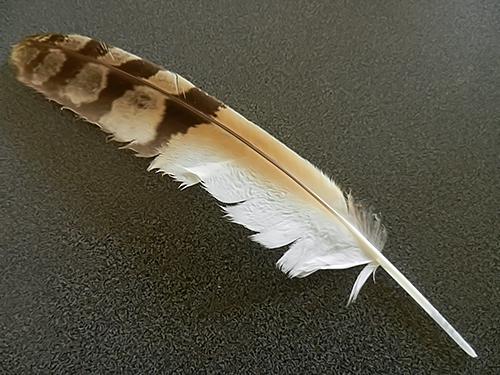
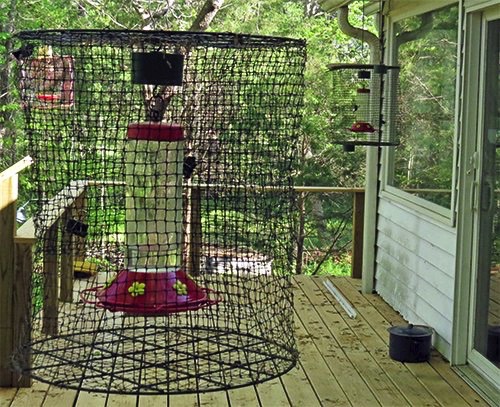
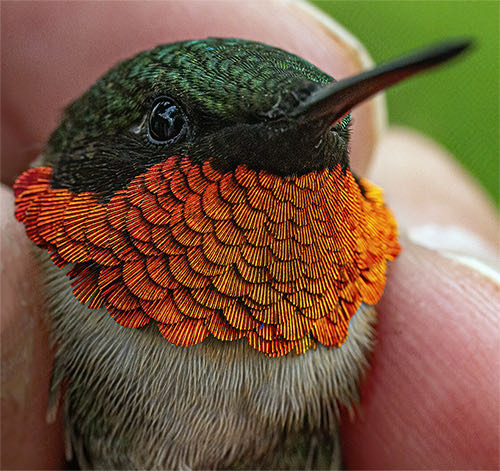
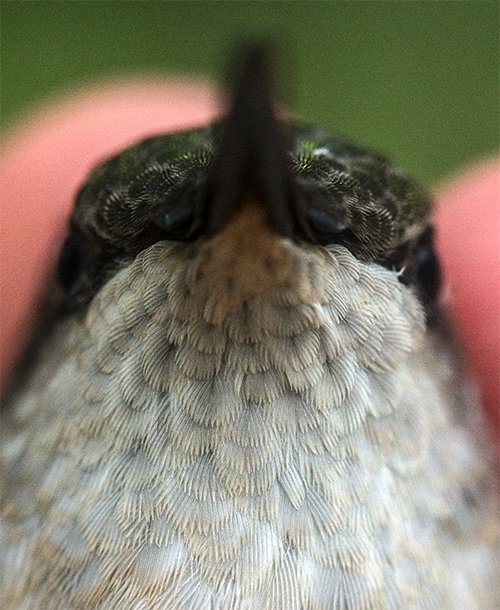
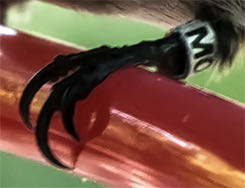 That means he had to have hatched not later than 2018 and that in 2020 he is in at least his third year. Thus, he's been to the Neotropics at least twice and nicely demonstrates at least two years of site fidelity at the
That means he had to have hatched not later than 2018 and that in 2020 he is in at least his third year. Thus, he's been to the Neotropics at least twice and nicely demonstrates at least two years of site fidelity at the 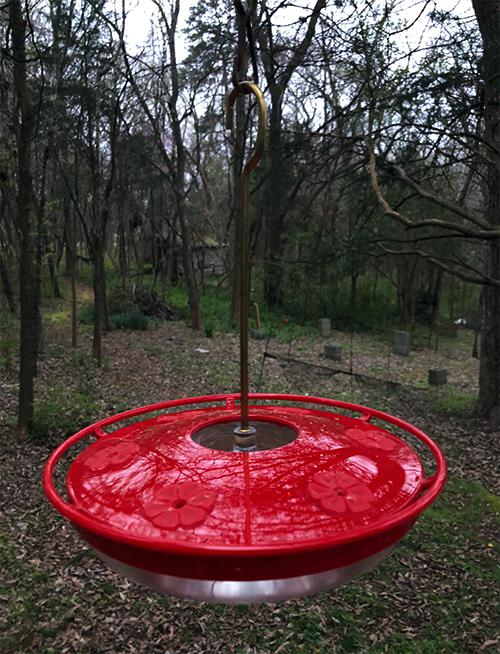
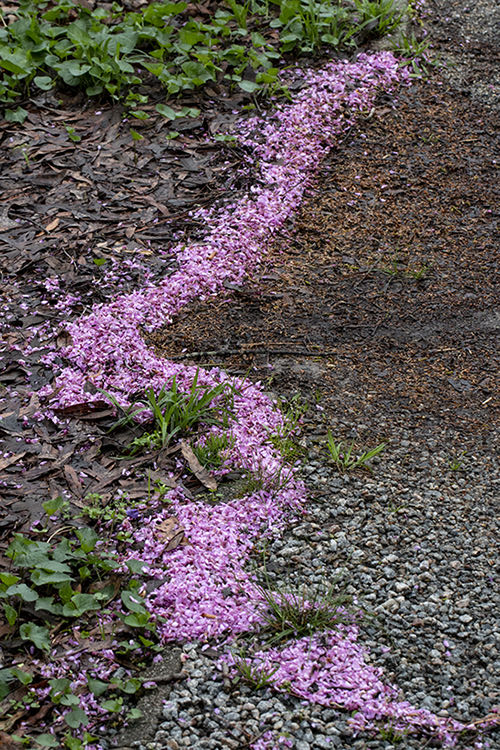
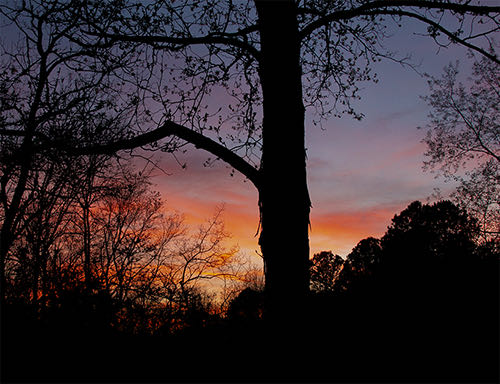
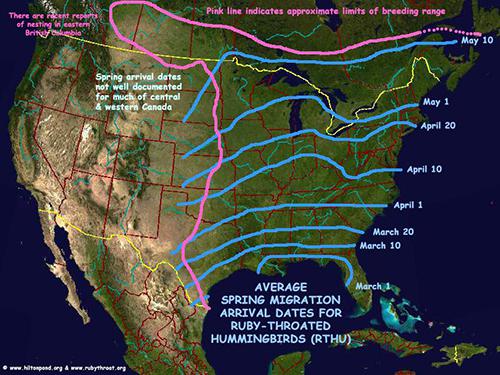










 Please report your
Please report your